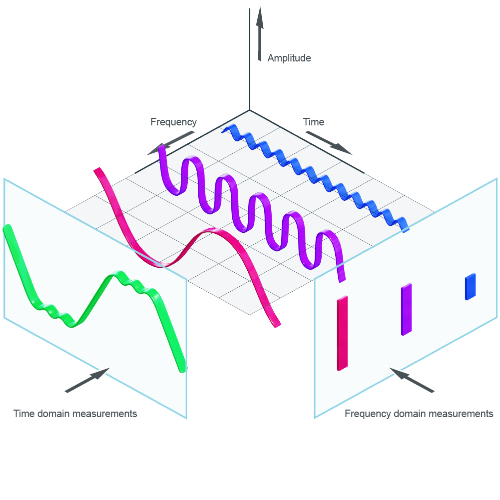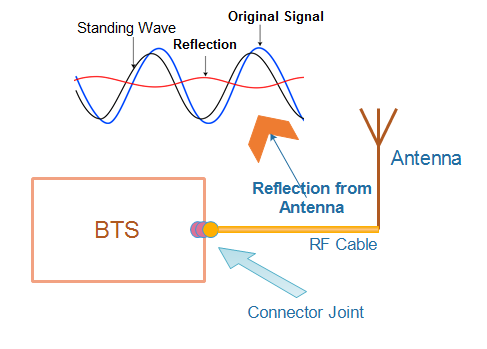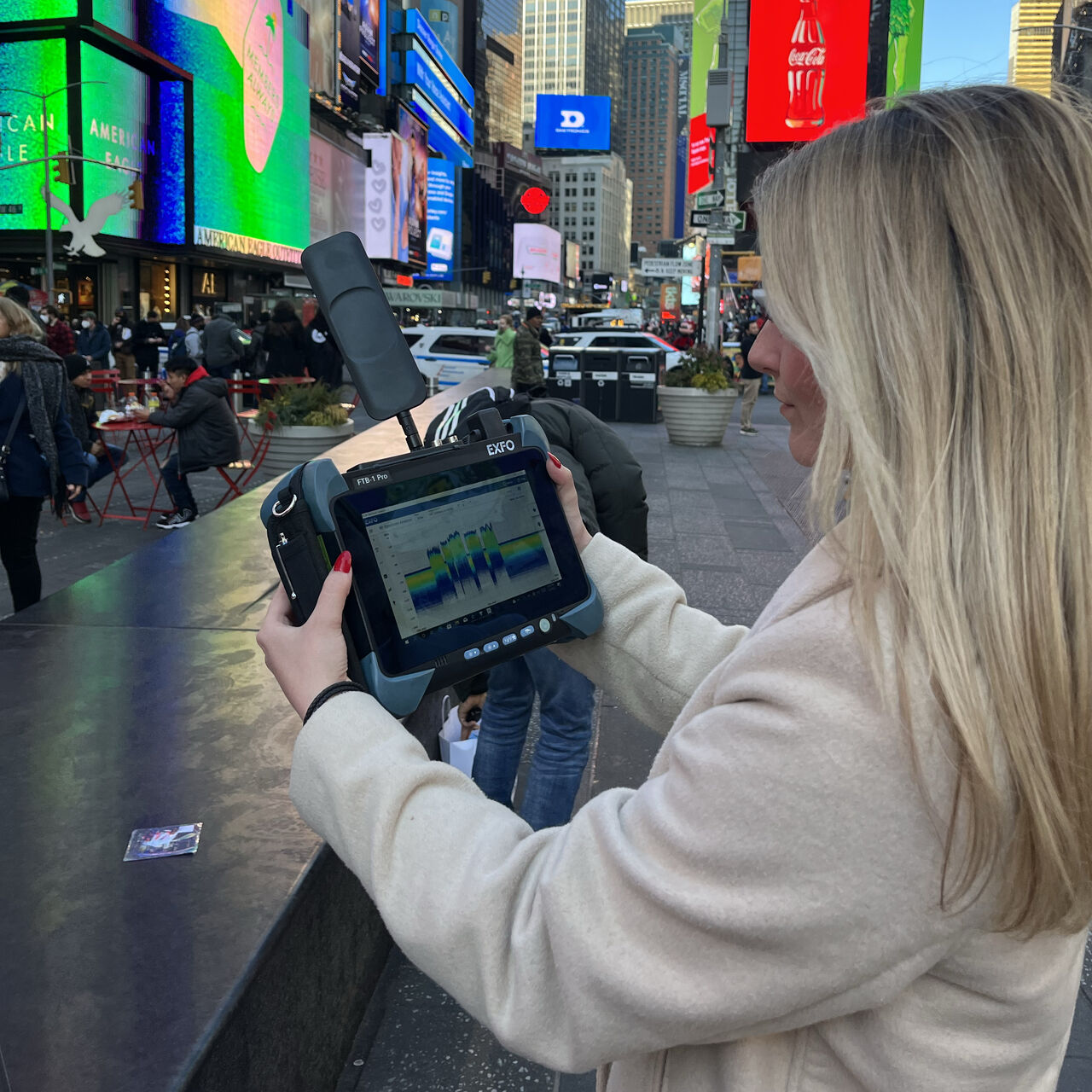
24 March 2021
What is Spectrum Analyzer?
RF / MW energy from transmitter source antennas to overhead line and receiver antennas; Used for voice, data and video transmission. Also It is used in television broadcasting, radar systems, defense industry, informatics and mobile networks, remote control, remote measurement / monitoring and many more.
Frequencies that make up the Radio Frequency (RF) and Microwave (MW)
There is no definite assumption about the starting value of radio frequencies (RF), but 300 KHz as the starting point and 10 GHz as the upper limit is seen as a common assumption.
Microwave frequencies are said to start around 10 GHz - 10 Billion Cycles per second! However, there is no upper limit for microwave frequencies and it develops in accordance with technological developments.
To determine whether the signals broadcasting as RF and MW comply with the legal regulations:
Cables, Antennas and Strength of Radiated Signal
Transmitted Power, Transmitted Frequency, Transmitter Modulation Analysis (EVM, AM / FM distortion)
Values such as Receiver Gain, Receiver Modulation Analysis (EVM, AM / FM distortion) are checked.
What is Spectrum Analyzer?
The Spectrum Analyzer is basically a test tool that measures various parameters in the radio frequency range in a circuit or a system.
Its primary use is to measure the strength of the spectrum of known and unknown signals. Given the difficulty of characterizing the behavior of today's RF devices, it is necessary to understand how the frequency, amplitude and modulation parameters behave over short and long time intervals.

Time axis and frequency axis are preferred depending on the signal we examine. While oscilloscopes measure signals in the time domain, Spectrum Analyzers measure signals in the frequency domain, and currently both instruments are equally important in analyzing signals and systems. Since our topic will be Spectrum Analyzers, we will examine the signals on the frequency axis.
Basic Values:
Center Frequency / Scale (Span)
Scale (Reference and Resolution)
Resolution BW (not to be confused with RBW - span)
With these three adjustments, a signal is selected for analysis and a cursor is placed on it to easily determine its frequency and level.
Basic Controls:
Frequency Range: This can be set anywhere from a single frequency to the full range that a spectrum analyzer can reach.
Scale (Span): It is adjusted so that the examined frequency can be distinguished, a preamplifier can be activated for very small signals, care should be taken when using the preamplifier to avoid overloading the device.
Resolution Bandwidth (RBW): an important control value for signals that are close to each other to be separated.
What is Field Strength?
Field strength is a measure of the signal level at a particular location. In most cases, a piece of wire or an antenna can transform the electromagnetic fields around the analyzer into a form that the analyzer can use.
Only an antenna with known antenna factors should be used to get accurate field intensity measurements.
Typical units for field density are volts / meter (more typically micro volts per meter)
Field strength values are published by manufacturers, and when these values cannot be achieved in field conditions, we may lose signal access.
Deviser Spectrum Analyzers, communication systems and components;
Spectrum Analysis is used to troubleshoot with Channel Power, Bandwidth, Channel Leakage Rate, Field Strength, AM / FM measurements, High-precision power measurement, Interference Analysis, Coverage Mapping and Transmission Measurements
Coaxial Cable and Antenna Tests
Although RF / MW cables and antennas are simple in nature, they are a major source of trouble in mobile communication towers, ships and aircraft.
To detect problems:
Reflection-Return Loss or VSWR
Error Location - DTF / RL or DTF / VSWR
Cable Loss
1-Port Phase
Smith Chart are values that should be measured.

VSWR is usually a way of measuring transmission line defects in this case caused by impedance mismatch between the BTS output port and the antenna connected to it.
Usually the 1: 7 VSWR value is considered an acceptable value and the system may cause problems when the VSWR value is above 1: 2.5.
In addition, mobile communication system components; It is also necessary to test VCOs, Synthesizers, Mixers, Filters, Amplifiers and Antennas within the system.

Designed specifically for operators, wireless network professionals and contractors who set up, maintain and troubleshoot wireless communication networks, Exfo's portfolio of wireless test and measurement products with cable-antenna is essential to diagnose and verify the functionality of coaxial cable with precision. provides all measurement functions and solutions.
You can check FOTECH's RF Test Devices category for Exfo Spectrum Analyzers and Cable-Antenna Analyzers.
Choose companies from which you can get technical support for all Test and Measurement devices.